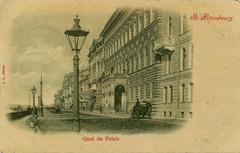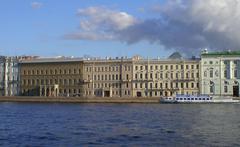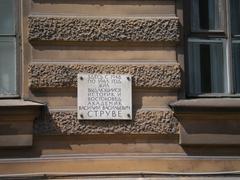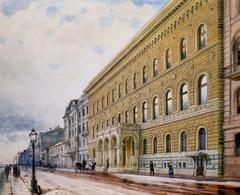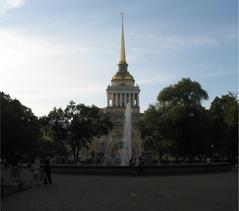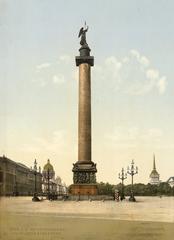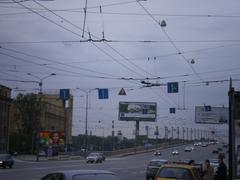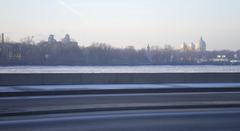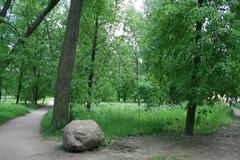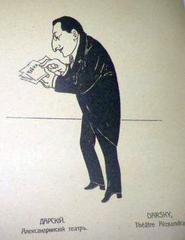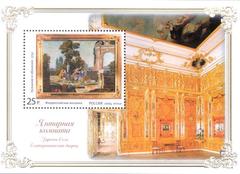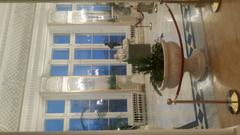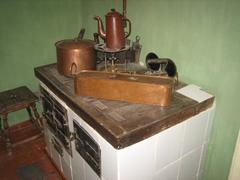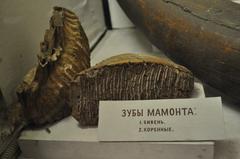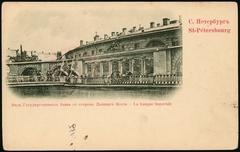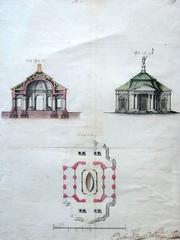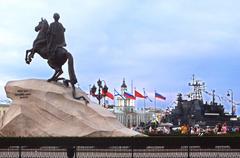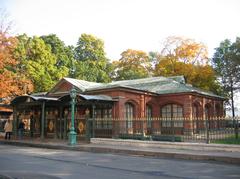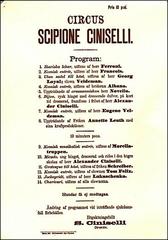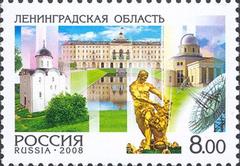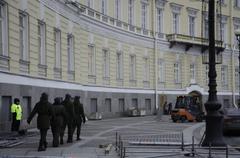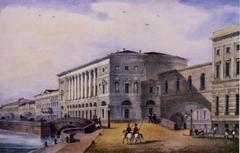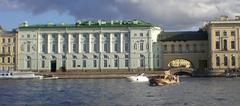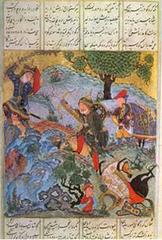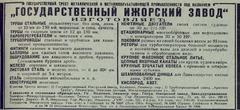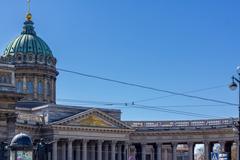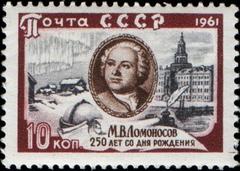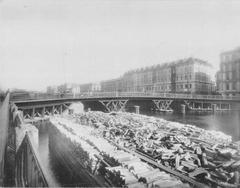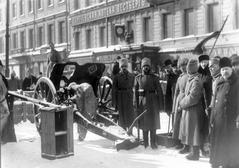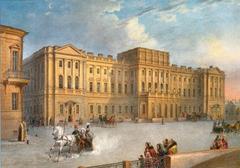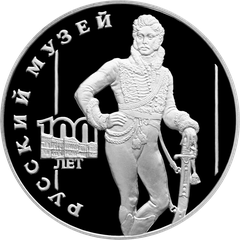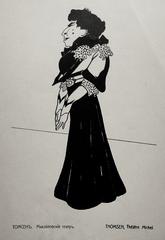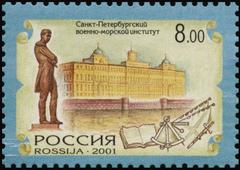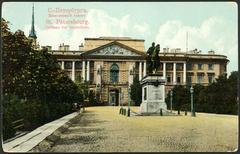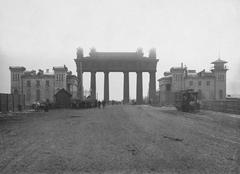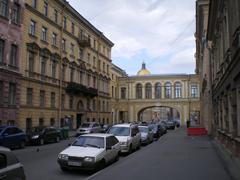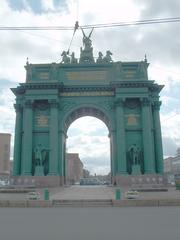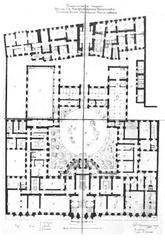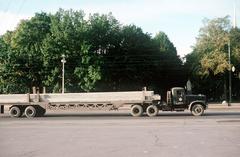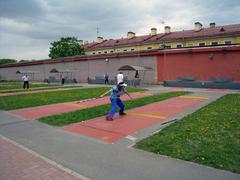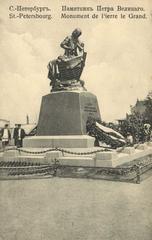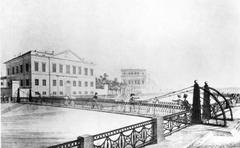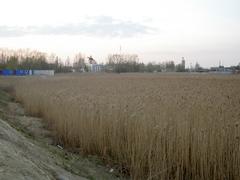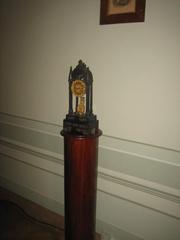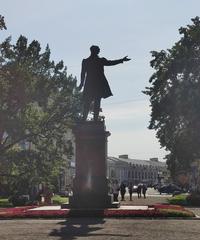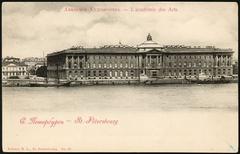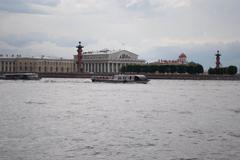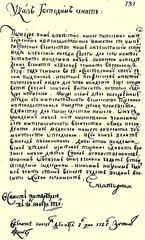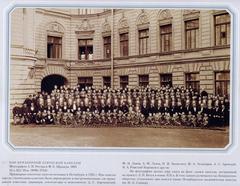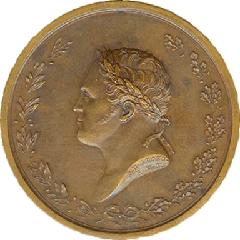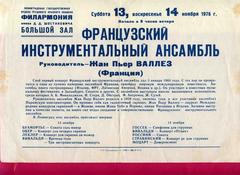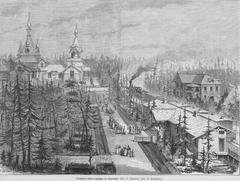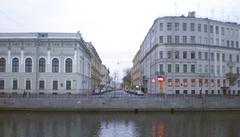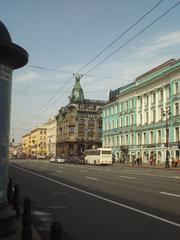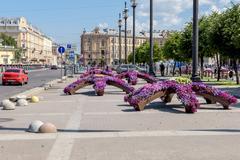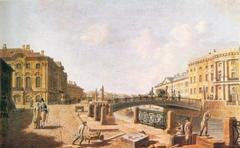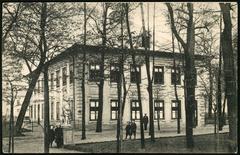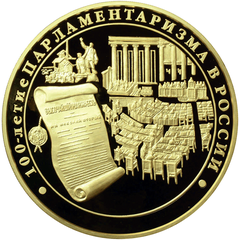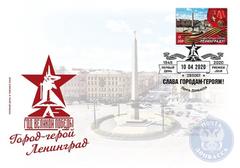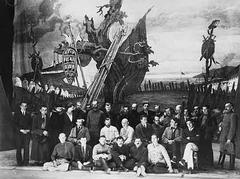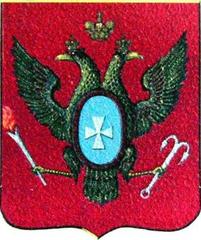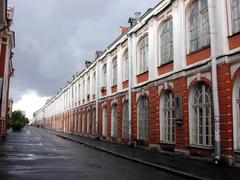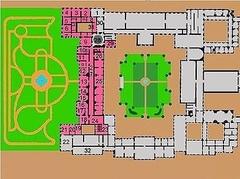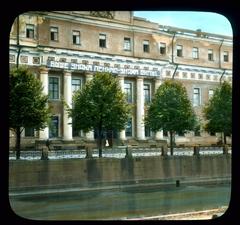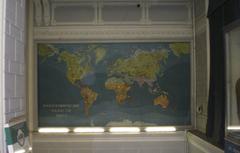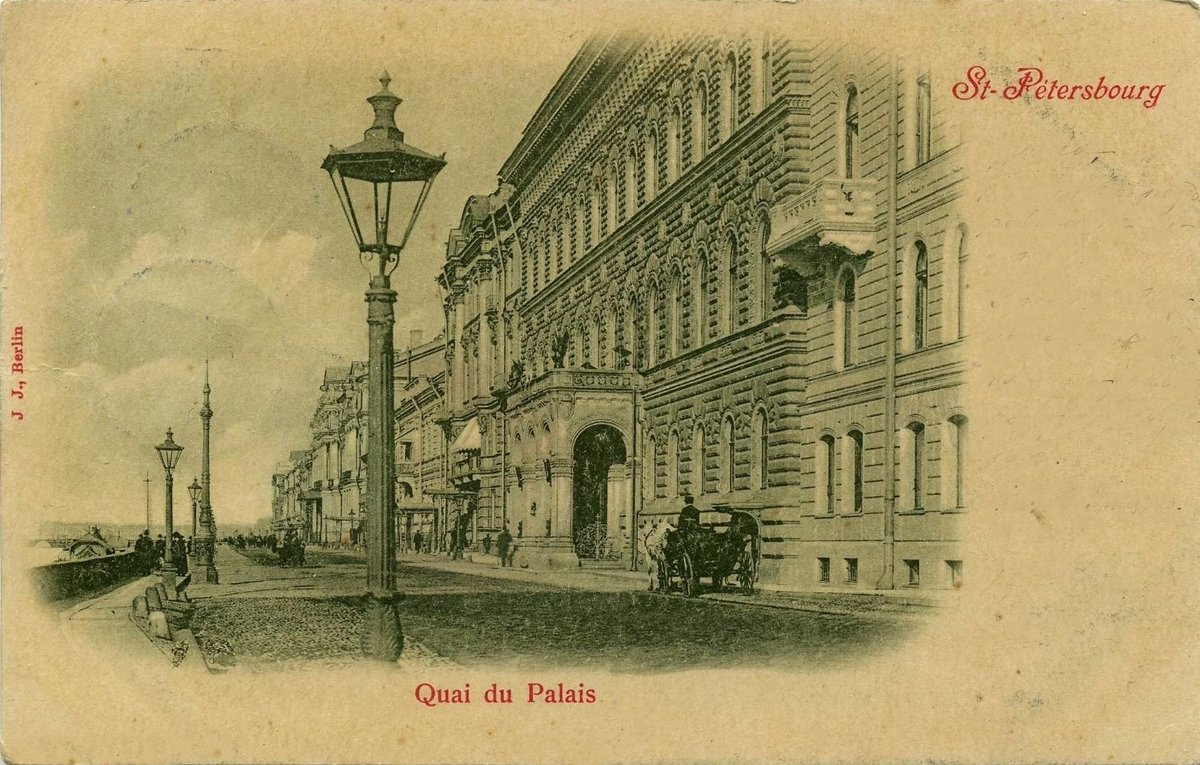
Vladimir Palace Saint Petersburg: Visiting Hours, Tickets, and Attractions Guide
Date: 14/06/2025
Introduction
Overlooking the majestic Neva River from the prestigious Palace Embankment, Vladimir Palace is a shining example of Russia’s imperial opulence and architectural eclecticism. Built between 1867 and 1872 for Grand Duke Vladimir Alexandrovich, the son of Emperor Alexander II, the palace represents the last great urban residence of the Romanov dynasty, uniting Renaissance, Baroque, Gothic, Moorish, and Russian Revival styles. Today, it stands both as a monument to imperial grandeur and as the House of Scientists, maintaining its cultural significance in Saint Petersburg.
This guide provides everything you need to plan an unforgettable visit—including the palace’s history, detailed visitor information, ticketing, accessibility, and highlights of its artistic and architectural treasures (Petersburg24; spb-restoran.ru).
Table of Contents
- The History and Significance of Vladimir Palace
- Architectural Styles and Interior Highlights
- The Palace Through Revolution and Soviet Era
- Cultural Legacy and Modern Use
- Visitor Information
- Frequently Asked Questions (FAQ)
- Practical Tips for Visitors
- References
The History and Significance of Vladimir Palace
Commissioned by Grand Duke Vladimir Alexandrovich, Vladimir Palace was designed as a statement of status, taste, and cultural ambition for the Romanov family. Its construction on the Palace Embankment—one of the city’s most desirable addresses—placed it among the capital’s most prominent imperial residences (architecturecourses.org).
The palace quickly became a vibrant hub for Russian aristocracy and culture. Its salons attracted leading artists such as Ilya Repin and Vasily Vereshchagin, musicians like Sergei Rachmaninov and Nikolai Rimsky-Korsakov, and influential members of the Silver Age intellectual scene. The Grand Duke and his wife, Grand Duchess Maria Pavlovna, fostered a spirit of artistic innovation and cosmopolitan exchange, making Vladimir Palace a cultural nexus of late imperial Russia (Dame de Lys).
After the 1917 Revolution, the palace was nationalized and became the first House of Scientific Intelligentsia in Russia—a transformation that allowed much of its decorative and artistic splendor to survive into the 21st century.
Architectural Styles and Interior Highlights
Exterior and Façade
Vladimir Palace’s exterior is a masterful blend of Italian Renaissance inspiration and Russian grandeur. Its façade features rusticated stonework, elaborate cornices, and arched windows, directly referencing Florentine palazzi, particularly those designed by Leon Battista Alberti. The porch, constructed from Bremen sandstone and adorned with griffins, coats-of-arms, and cast-iron lanterns, sets a dignified tone for visitors (spb-restoran.ru).
Interior: Eclecticism and Historicism
The palace’s interior is renowned for its diversity—over 360 rooms, each designed in a different historical style. Major architects such as Alexander Rezanov and Maximilian Messmacher contributed to the interiors, ensuring each space was unique:
- Grand Parlors and Ballroom (Rococo): Lavishly gilded stucco, mirrors, and chandeliers evoke 18th-century French splendor.
- Crimson Lounge and Library (Renaissance): Rich woodwork and period furnishings.
- Dining Room (Gothic Revival): Pointed arches, stained glass, and dark woodwork.
- Boudoir (Moorish): Exotic arabesques and intricate patterns.
- Oak Hall (Russian Revival): Painted to resemble oak, with large oil paintings depicting Russian fairy tales by Vereshchagin.
Other notable styles include Byzantine-influenced studies, and rooms with Oriental motifs, reflecting the cosmopolitan tastes of the Romanov elite (sarasstunningpage.com).
Signature Rooms and Artistic Features
- Main Staircase: Modeled after French Renaissance designs, featuring Vereshchagin’s painting “A Genius on the Banks of the Neva River” and illuminated by Empress Maria Alexandrovna’s bronze chandeliers.
- Gold Staircase: Located in the east wing, this Louis XIV-style addition by Messmacher is famed for its lavish gilding.
- Oak Hall: Adorned with five large oil paintings by Vereshchagin, created in a rough canvas style to evoke the look of tapestries.
- Ballroom (White Hall): A Rococo masterpiece, with ceiling medallions by Vereshchagin and a music gallery for grand events.
- Grand-Ducal Study: Redesigned in Art Nouveau style at the turn of the 20th century, featuring the Grand Duke’s working table and the only study in the city with a built-in safe.
- Raspberry Parlour: The largest parlor, decorated in Italian Renaissance style with a Venetian-inspired nutwood ceiling and a Murano glass chandelier.
- Small Banqueting Hall: Designed in Venetian taste by Messmacher in 1888.
The palace’s extensive decorative arts collection includes Imperial Porcelain Factory wares, Murano glass, and original paintings from the Grand Duke’s collection (spb-restoran.ru; sarasstunningpage.com).
The Palace Through Revolution and Soviet Era
With the upheaval of the 1917 Revolution, the palace was nationalized but spared destruction. It became the House of Scientists, a leading institution for the Russian Academy of Sciences. This adaptive reuse preserved the palace’s unique interiors and furnishings while transforming it into a space for academic and cultural events. Even during the Siege of Leningrad, the palace remained intact, continuing its legacy as a living historical monument (Petersburg24).
Cultural Legacy and Modern Use
Vladimir Palace remains a vital link to Saint Petersburg’s imperial past and cultural present. It is one of the few Romanov palaces in the city to retain its original interiors and serves as a venue for concerts, exhibitions, and scholarly conferences (rbth.com; architecturecourses.org). Its salons once hosted the leading lights of Russia’s Silver Age; today, they welcome visitors eager to experience a world of artistic and historical richness.
Visitor Information
Visiting Hours and Ticket Prices
- Open: Tuesday to Sunday, 11:00 AM – 6:00 PM
- Closed: Mondays and major public holidays
- Tickets: Adults 600 RUB; Students/Seniors 300 RUB; Children under 7 free; Guided tours available for an additional fee
- Advance booking is recommended as visits are by guided tour only.
(Petersburg24; spb-restoran.ru)
Accessibility and Getting There
- Wheelchair Access: Ramps and elevators are available; contact in advance for assistance.
- Address: 35 Palace Embankment, Saint Petersburg
- Nearest Metro: Nevsky Prospekt (about 10 minutes on foot)
- Buses: Several routes serve the area.
Guided Tours and Events
- Guided Tours: Required for entry; available in multiple languages; book ahead.
- Special Events: Seasonal exhibitions, classical concerts, and lectures are held throughout the year.
Nearby Attractions
- Hermitage Museum (Winter Palace)
- Saint Isaac’s Cathedral
- Church of the Savior on Spilled Blood
- Palace Square and Summer Garden
Photographic Highlights
- Grand staircase with painted mirrors
- Oak Hall’s intricate paneling
- Winter Garden’s lush interior
Frequently Asked Questions (FAQ)
Q: What are the visiting hours for Vladimir Palace?
A: Tuesday to Sunday, 11:00 AM–6:00 PM; closed Mondays.
Q: How can I purchase tickets?
A: Online via the official website or in person at the ticket office. Guided tours must be reserved in advance.
Q: Is the palace wheelchair accessible?
A: Yes, with ramps and elevators; contact staff for assistance.
Q: Are guided tours mandatory?
A: Yes; all visits are by guided tour.
Q: Can I take photographs inside?
A: Photography is allowed in most areas, but flash and tripods may be restricted.
Practical Tips for Visitors
- Book early to secure your preferred tour date and language.
- Arrive early to enjoy views from the Palace Embankment.
- Combine your visit with other nearby attractions for a full day of exploration.
- Check the House of Scientists’ calendar for special events or concerts.
- Dress respectfully as the palace remains an active cultural institution.
- Learn basic Russian phrases to enhance your experience, though English-speaking guides are available with advance notice.
References
- Petersburg24: Vladimir Palace Visiting Hours, Tickets, and Historical Guide
- spb-restoran.ru: Vladimir Palace Architectural Highlights
- Dame de Lys: The Palace of Grand Duke Vladimir Alexandrovich
- architecturecourses.org: St. Petersburg’s Palaces—History, Stories, and Architecture
Immerse yourself in the grandeur of Vladimir Palace and discover the enduring legacy of Russia’s imperial age. For exclusive guided content, event updates, and detailed travel tips, download the Audiala app and follow us on social media.
